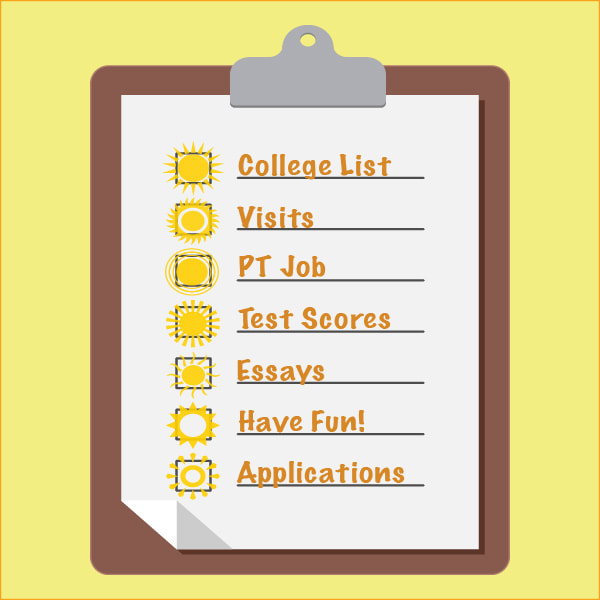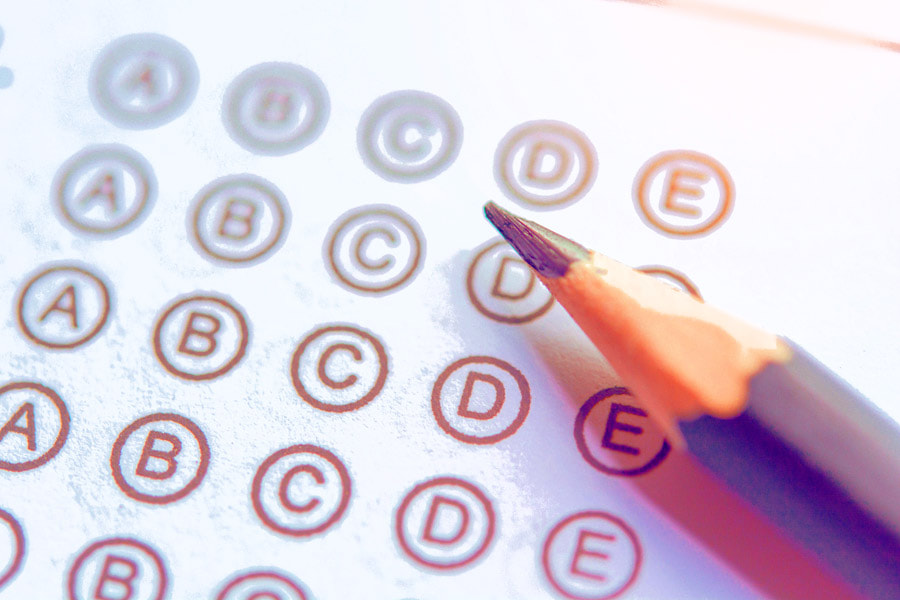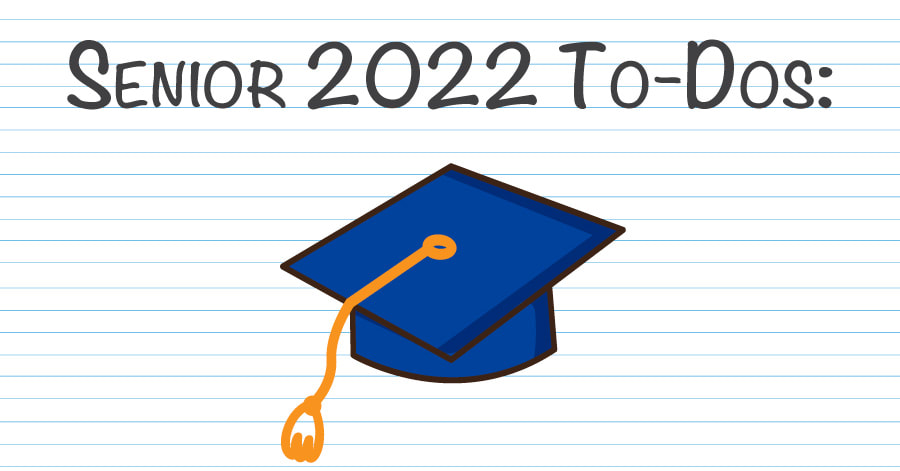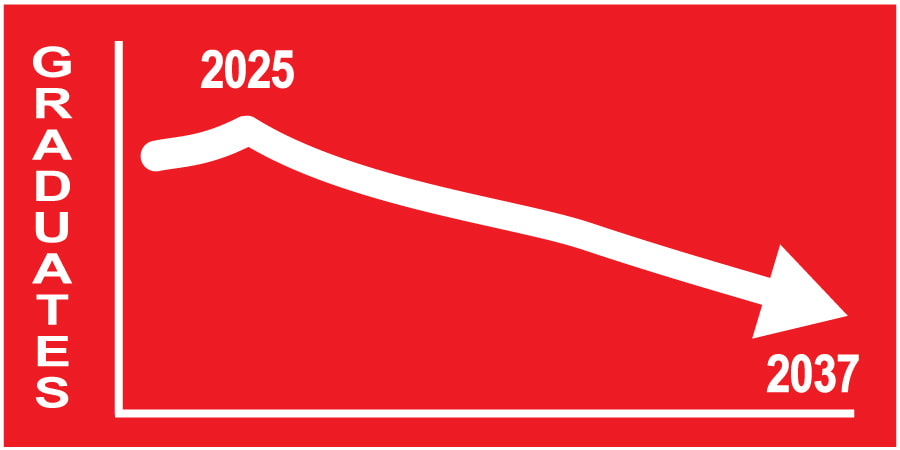|
Despite the prevailing headlines that most schools have gone test optional and college admissions tests are no longer required, the truth is that taking a college admissions test, whether an ACT or SAT, and submitting the results with their applications will probably help most students who are considering applying to a school with any selectivity.
0 Comments
While visiting every college on a student’s list of schools would be ideal, the truth is most students do not or cannot visit every (or even any) schools before they decide where to apply and attend. Fortunately, college admissions staffs have worked diligently to help expand access to their schools in recent years because of pandemic travel restrictions.
Students for whom traveling is problematic can also benefit from an array of online and in-person options to fill in the details that an in-person visit would provide. While never a complete substitute for smelling the cafeteria and walking the pavement of a quad, the multitude of resources available to today’s applicants can certainly get every student close to the action and able to learn deeply about most schools of interest without ever leaving home. Our recent college admissions information night focused on summer to-dos for rising juniors and seniors.
The annual slate of Advance Placement exams will begin on May 2, and the College Board has made notable changes to the format and delivery options again for the 38 exams being offered for 2022 after a whirlwind of changes in the AP exam format and availability the past two years.
With the start of Spring Break, many families of high school juniors will be swapping or combining vacation travel with college visits in the weeks and months ahead, especially since this spring marks the first return to regular touring and visiting opportunities at most colleges in several years.
Whether you are headed on a focused trip or just planning to hit a few campuses along the way, it helps to go prepared. We have compiled our favorite tips for making the most of your time and some questions for you to consider and ask on your tours. Seniors, your college applications may be in, but your work is not over.
As the decisions start coming in, including key financial figures, you will need to process and act on a lot of complex information to reach a final decision on where to attend college. Here are some key actions you need to take during second semester to ensure you join the collegiate Class of 2026. The Class of 2021 was the first to have their entire college admissions process disrupted by the COVID-19 pandemic. As a result, most colleges implemented test-optional policies so as to not disadvantage students who could not take an SAT or ACT admissions test. Now that their applications have been submitted, reviewed, and decided on, the results of this new approach are available to review.
So, the question we are getting more than any other right now is if a student should go test-optional this year? For most colleges and universities, the past year has been full of obstacles and challenges the likes of which they have never seen, but it may pale in comparison to the demographic shifts expected to affect many of them in the next 10-15 years.
With millions of students enrolled in Advance Placement courses, the College Board had to scramble last year to provide a test solution in May with most schools closed and students learning remotely.
Those expectations were never realistic, and the resulting exams, which were provided via a new online platform that relied on heavy-handed security and delivered unreliable performance, left many students frustrated or even unable to complete their exams. Exams were shortened and only covered a limited amount of material, and many wondered if colleges would even accept the scores (they did). Fast forward to spring 2021 – the College Board has implemented many new changes for this year to improve the experience, but how each of your exams are administered this year will likely depend on the decisions of one person, and you will not have a say. You have questions—we have the answers.
For the past year, the college admissions process has been changing on the fly to adapt to the restrictions and inequalities imposed by the pandemic. The Class of 2021, who have borne the largest share of this disruption, are now hearing back the results of their application efforts. While we do not know the final tallies on who was admitted, schools have begun releasing information about their applicant pools, which reveal some interesting trends. Understandably, our families of juniors and sophomores, who face a confusing array of potential options for their college admissions process as schools and others adapt to Covid, are asking what this year’s results tell about the changes ahead for their students. |
AuthorAnn Derryberry Archives
March 2024
Categories
All
|
Telephone |
© 2024 Everest Tutors & Test Prep | All Rights Reserved











 RSS Feed
RSS Feed